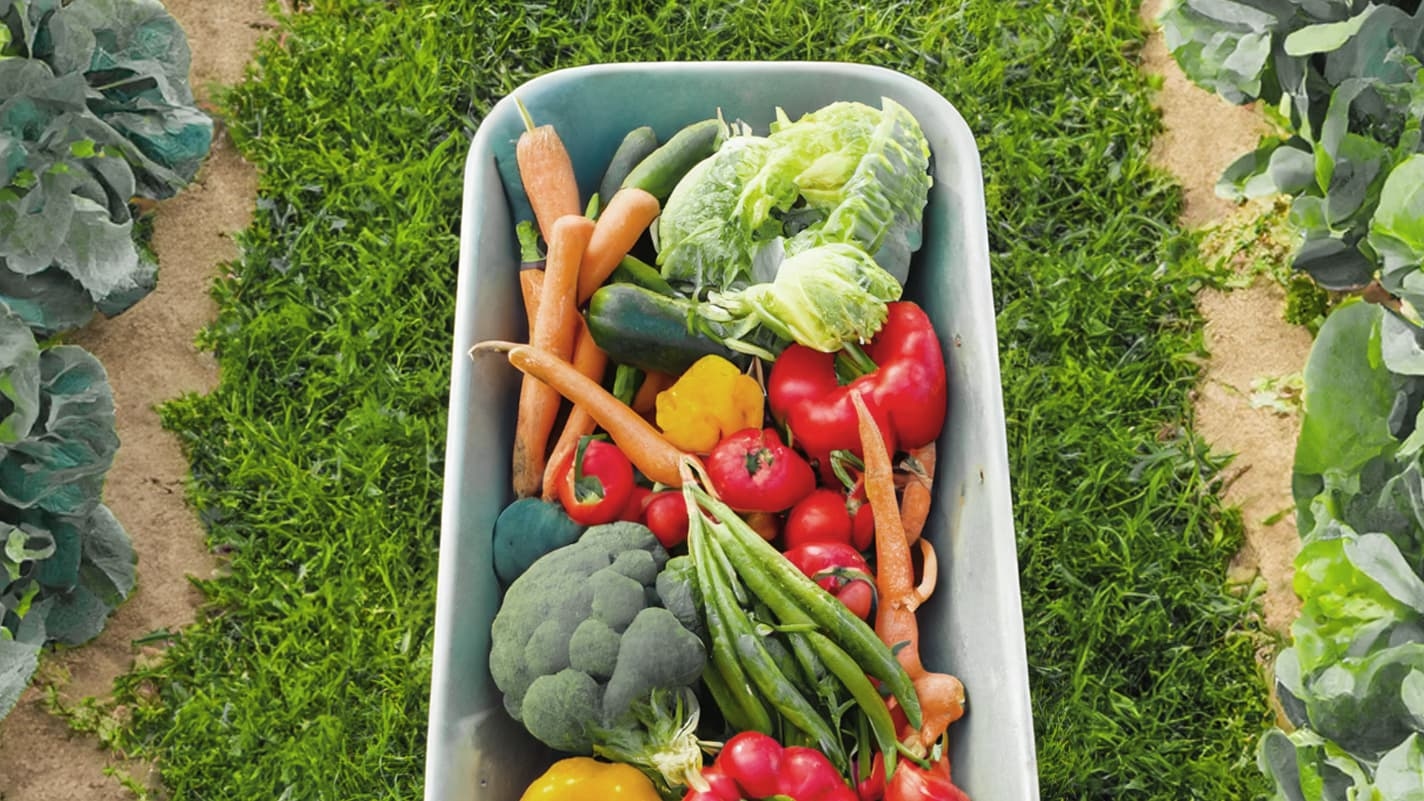Gleaning: this medieval tradition that allows people to gather fruits and vegetables for free

Gathering fruit, vegetables , or grains from fields for free is possible. This practice, called gleaning, is making a comeback for both economic and environmental reasons. But be careful: you can't just do whatever you want.
Gleaning is an old peasant tradition that dates back to the Middle Ages. At that time, women, children, the elderly or the poor were allowed to gather what the harvesters had left behind.
This practice was subsequently regulated by law, notably by a royal edict of 1554, and later by the law of July 9, 1888, concerning rural policing. Even today, this practice remains perfectly legal, provided that certain specific rules are followed.

Before heading out to glean, it's best to know the legal framework:
- The harvest must be finished. It is advisable to ask the farmer, although it is not mandatory.
- Gathering only during the day, between sunrise and sunset.
- The land must be accessible, therefore not fenced.
- Collect by hand, without tools (unless authorized by the municipality).
- For personal consumption only.
If these conditions are not met, gleaning becomes theft and can be punished by a fine of up to €1,500 (Article 131-13 of the Penal Code). And be aware: some municipalities prohibit gleaning by local ordinance. Check before you start.
Today, gleaning is no longer limited to fields. The word has broadened: we also speak of urban gleaning, to describe the collection of unsold goods at markets or even the retrieval of bulky items from sidewalks. Gleaning in 2025 is therefore simultaneously an economical, eco-responsible, and anti-waste approach: consuming differently, without spending and without throwing away.
RMC





